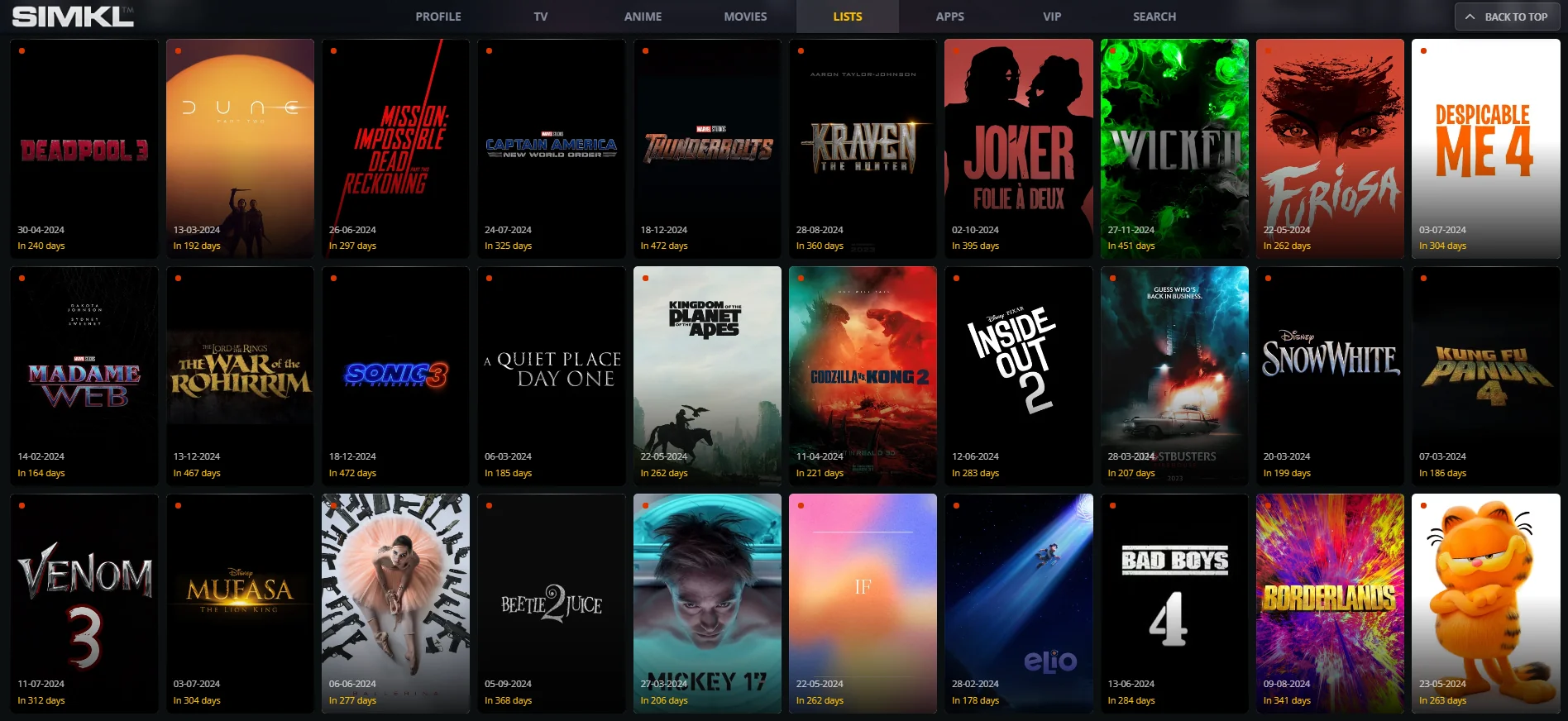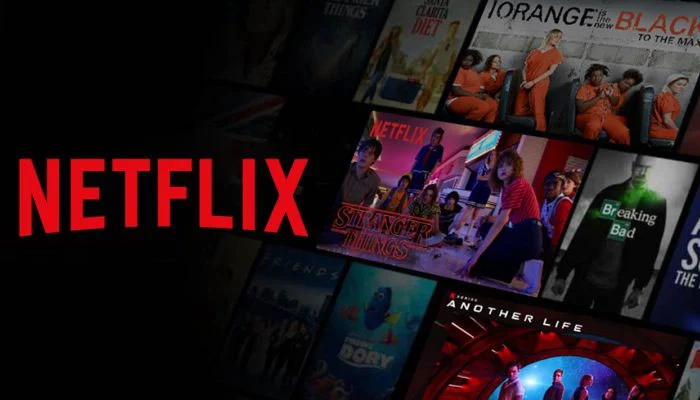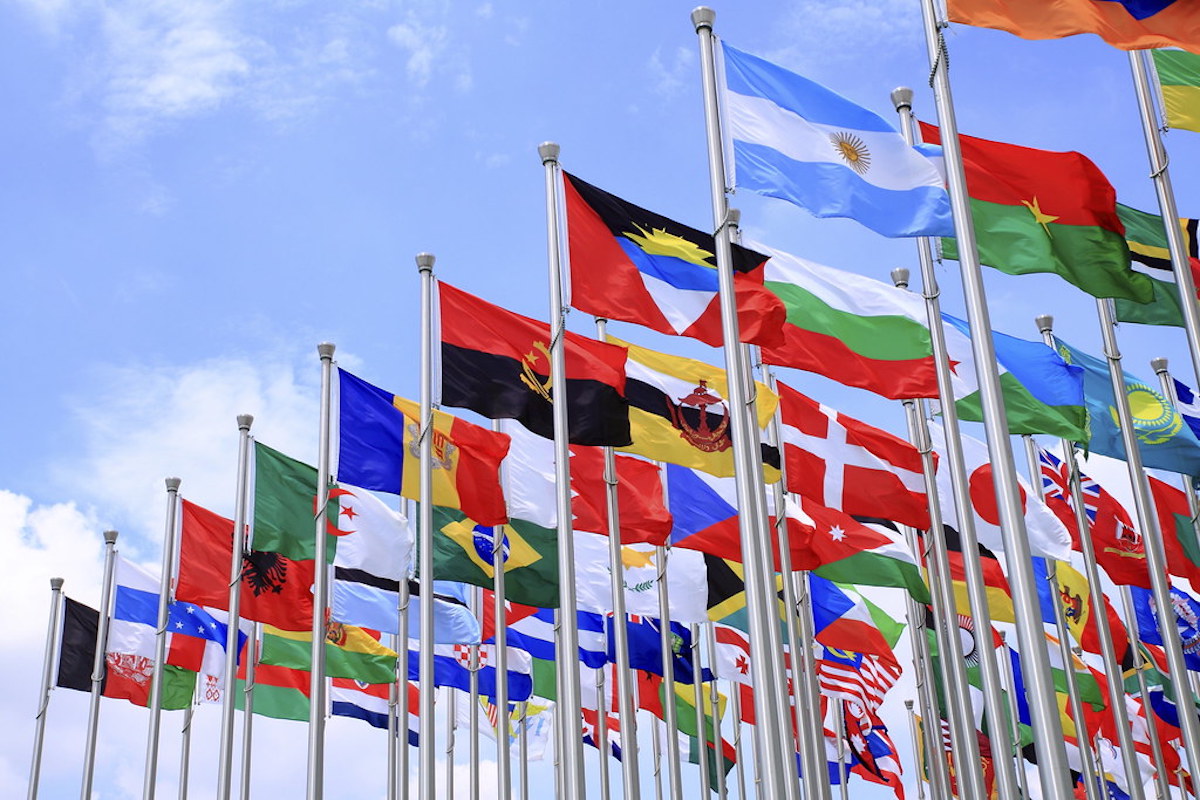In the realm of copywriting, where the primary goal is to capture attention and drive action, anticipation emerges as a powerful tool. By creating a sense of expectation, anticipation can captivate an audience, making them more likely to engage with content and take the desired action. This technique taps into human psychology, leveraging curiosity, and emotional investment to boost conversions.
The Psychology Behind Anticipation in Copywriting
Anticipation is rooted in psychological principles that drive human behavior. When people anticipate something, they are naturally inclined to pay closer attention and invest emotionally in the outcome. This is because anticipation triggers the release of dopamine, the brain’s pleasure chemical, which fuels motivation and focus.
In copywriting, anticipation can be used to create a narrative that keeps readers hooked, guiding them through the content with a sense of excitement. This emotional engagement makes readers more likely to follow through with the call to action, whether it’s signing up for a newsletter, making a purchase, or sharing the content.
Creating a Sense of Curiosity
One of the most effective ways to build anticipation is by sparking curiosity. Curiosity is a powerful motivator, and when readers are curious, they are more likely to continue reading to satisfy that curiosity. In copywriting, this can be achieved by posing a question, teasing a benefit, or hinting at a solution to a problem without immediately revealing it.
For example, instead of simply stating the benefits of a product, a copywriter might introduce a problem that the product solves, hinting at the solution but only revealing it after the reader has invested time in the content. This keeps readers engaged and eager to learn more, driving them toward the conversion point.
Building Emotional Investment
Anticipation also plays a crucial role in building emotional investment. When readers anticipate a positive outcome, they become emotionally involved in the content. This emotional investment makes them more likely to act because they have a personal stake in the outcome.
Copywriters can build emotional investment by using storytelling techniques that resonate with the audience’s desires, fears, or aspirations. By crafting a narrative that mirrors the reader’s journey or challenges, the content becomes more relatable, and the anticipation of a solution or reward becomes more compelling.
The Power of Suspense and Delayed Gratification
Suspense is another element closely related to anticipation that can be used to great effect in copywriting. By creating suspense, copywriters can keep readers on the edge of their seats, eagerly awaiting the resolution of a narrative or the revelation of key information.
Delayed gratification, where the reward or solution is held back until later in the content, also leverages anticipation. This technique can be particularly effective in long-form content, where the gradual build-up of anticipation keeps readers engaged throughout the piece. By the time the reader reaches the conclusion, the anticipation has built to such a level that they are primed to take action.
Using Anticipation to Guide the Reader’s Journey
Anticipation can also be strategically used to guide the reader’s journey through the content. By carefully structuring the copy to build anticipation at key points, copywriters can direct the reader’s focus and encourage them to follow a specific path.
For instance, in a sales page, anticipation can be built through the gradual revelation of product benefits, leading the reader toward the purchase decision. Each section of the copy can introduce a new element that adds to the reader’s anticipation, keeping them engaged and moving them closer to conversion.
The Role of Anticipation in Call to Action
The call to action (CTA) is the ultimate point where anticipation should culminate. If the copy has successfully built anticipation, the CTA becomes the moment of resolution, where the reader’s curiosity and emotional investment are satisfied.
An effective CTA leverages the anticipation that has been built throughout the content, making it feel like the natural next step for the reader. By framing the CTA as the answer to the reader’s anticipation, copywriters can increase the likelihood of conversion.
Examples of Anticipation in Copywriting
Many successful marketing campaigns have utilized anticipation to drive conversions. From teaser campaigns that build hype before a product launch to email sequences that gradually reveal the benefits of a service, anticipation is a versatile tool that can be adapted to various formats.
For instance, in email marketing, a series of emails might gradually reveal the features of a new product, building anticipation with each message. By the time the final email is sent, readers are eager to learn more and are more likely to click through to the sales page.
Similarly, in content marketing, blog posts can be structured to create anticipation for a lead magnet or a product. By addressing a problem and gradually guiding the reader toward a solution, the content builds anticipation, making the offer at the end more compelling.
Anticipation in Social Media Copywriting
Social media platforms are ideal for leveraging anticipation due to their fast-paced and interactive nature. Brands can use social media to tease upcoming announcements, share sneak peeks, and create countdowns, all of which build anticipation among followers.
For example, a brand might post a series of cryptic messages or images leading up to a big reveal. This creates a sense of mystery and excitement, encouraging followers to stay tuned and engage with the content. When the reveal finally happens, the built-up anticipation can result in higher engagement and conversions.
The Risks of Overusing Anticipation
While anticipation is a powerful tool, it must be used carefully. Overusing anticipation or failing to deliver on the promises made can lead to disappointment and a loss of trust. If the content builds up too much anticipation without delivering a satisfying resolution, readers may feel let down, which can negatively impact conversions.
To avoid this, copywriters should ensure that the content delivers on the promises made throughout the piece. The resolution should feel rewarding and worth the anticipation, reinforcing the reader’s decision to take action.
Harnessing the Power of Anticipation
Anticipation is a key element in effective copywriting that can significantly increase conversions. By understanding and leveraging the psychological principles behind anticipation, copywriters can create content that captures attention, engages readers, and drives them to take action.
Whether through curiosity, emotional investment, suspense, or strategic structuring, anticipation can be woven into the fabric of copywriting to guide readers on a journey that culminates in conversion. When used effectively, anticipation not only keeps readers engaged but also makes the final call to action feel like the natural and satisfying conclusion to the content journey.
FAQ: Why Does the Use of Anticipation in Copywriting Increase Conversions?
What is anticipation in copywriting?
Anticipation in copywriting refers to the technique of creating a sense of expectation or excitement in the reader. It involves crafting content that gradually reveals information or builds up to a key point, keeping the reader engaged and eager to learn more.
Why is anticipation important in copywriting?
Anticipation is important because it taps into human psychology, particularly our natural curiosity and emotional investment in outcomes. By building anticipation, copywriters can capture and hold the reader’s attention, making them more likely to engage with the content and take action, such as making a purchase or signing up for a service.
How does anticipation affect the reader’s behavior?
Anticipation triggers the release of dopamine in the brain, which fuels motivation and focus. This emotional response makes readers more invested in the content, increasing the likelihood that they will follow through with the desired action, whether it’s clicking a link, filling out a form, or making a purchase.
What are some techniques for building anticipation in copywriting?
Some effective techniques for building anticipation include:
Sparking curiosity by posing questions or teasing benefits without immediately revealing them.
Using storytelling to create a narrative that resonates with the reader’s desires or challenges.
Incorporating suspense and delayed gratification to keep the reader engaged.
Gradually revealing key information or benefits throughout the content to maintain interest.
Can anticipation be used in all types of copywriting?
Yes, anticipation can be used in various types of copywriting, including sales pages, email marketing, blog posts, and social media content. It’s a versatile tool that can be adapted to different formats and audiences to increase engagement and conversions.
How does anticipation enhance the call to action (CTA)?
Anticipation enhances the CTA by making it the culmination of the reader’s journey through the content. If the anticipation has been built effectively, the CTA becomes the natural and satisfying next step, making the reader more likely to take action.
Can overusing anticipation in copywriting have negative effects?
Yes, overusing anticipation or failing to deliver on the promises made can lead to disappointment and a loss of trust. It’s important for copywriters to strike a balance, ensuring that the content delivers a satisfying resolution that meets the reader’s expectations.
What are some examples of anticipation in successful marketing campaigns?
Examples include teaser campaigns that build hype before a product launch, email sequences that gradually reveal the benefits of a service, and social media countdowns leading up to a big announcement. These strategies create excitement and anticipation, driving higher engagement and conversions.
How can anticipation be used effectively in social media copywriting?
On social media, anticipation can be built through techniques like teaser posts, cryptic messages, sneak peeks, and countdowns. These tactics create a sense of mystery and excitement, encouraging followers to stay tuned and engage with the content.
What is the key takeaway about the use of anticipation in copywriting?
The key takeaway is that anticipation is a powerful tool for increasing conversions. By understanding and leveraging the psychological principles behind anticipation, copywriters can create engaging content that guides readers on a journey, culminating in a satisfying and actionable conclusion.

















